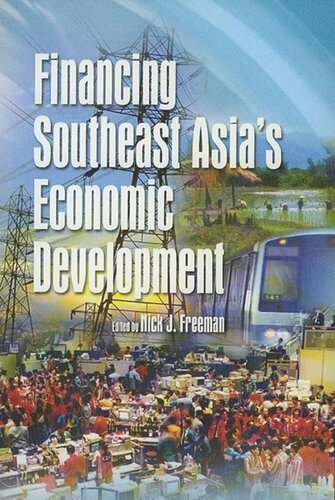

Most ebook files are in PDF format, so you can easily read them using various software such as Foxit Reader or directly on the Google Chrome browser.
Some ebook files are released by publishers in other formats such as .awz, .mobi, .epub, .fb2, etc. You may need to install specific software to read these formats on mobile/PC, such as Calibre.
Please read the tutorial at this link: https://ebookbell.com/faq
We offer FREE conversion to the popular formats you request; however, this may take some time. Therefore, right after payment, please email us, and we will try to provide the service as quickly as possible.
For some exceptional file formats or broken links (if any), please refrain from opening any disputes. Instead, email us first, and we will try to assist within a maximum of 6 hours.
EbookBell Team

5.0
48 reviewsThis book examines the various policy options open to the ten countries of the region for improving and diversifying their financial resources. The Asian financial crisis exposed the vulnerabilities of Southeast Asia’s bank-based finance sector, and illustrated the pressing need to develop a more robust and multi-faceted financial infrastructure across the region. Looking ahead, sustained economic development in Southeast Asia will be constrained unless the region can embrace new sources of capital. Authored by experts in their respective fields, the chapters of this book examine such issues as the region’s current debt burden, the region’s banking sector since the 1997–98 crisis, micro-financing efforts in the region, new opportunities in project financing, developing venture capital capabilities, reviving foreign direct investment inflows, creating bond markets, developing the region’s lacklustre equity markets, and the potential benefits of financial integration.